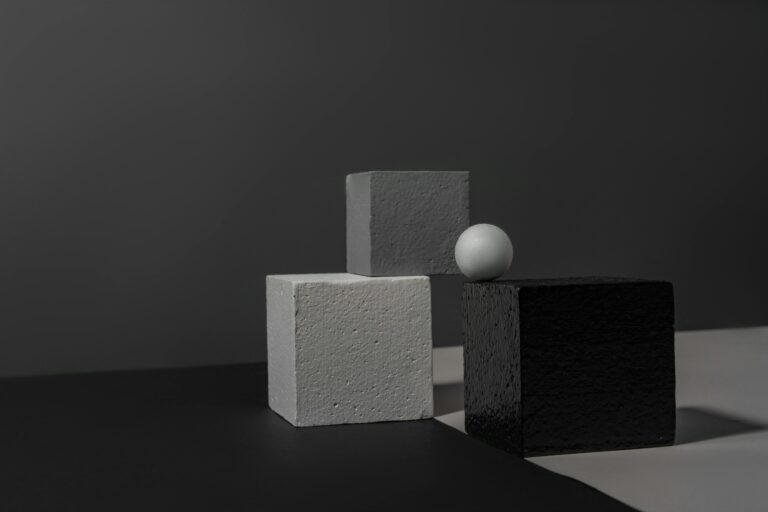Welcome to the CopyElement blog, your resource for building stunning Elementor websites faster. Today, we’re diving deep into the fascinating world of web design psychology and how understanding user behavior can dramatically improve your website’s conversion rates. Forget outdated trends; we’re looking at the evidence-based strategies that will define 2025.
The Enduring Power of Psychology in Web Design
While design trends come and go, the fundamental principles of human psychology remain constant. Effective web design isn’t just about aesthetics; it’s about creating an experience that resonates with your target audience on a cognitive and emotional level. By understanding how users think, feel, and behave online, you can create websites that are not only visually appealing but also highly persuasive and conversion-focused.
Why User Behavior is Key to Conversion Optimization
Conversion optimization is the art and science of guiding users towards a desired action, whether it’s making a purchase, filling out a form, or subscribing to a newsletter. User behavior is the cornerstone of this process. Without a deep understanding of how users interact with your website, you’re essentially making educated guesses about what works and what doesn’t. Data-driven design, informed by psychological principles, allows you to make informed decisions that yield tangible results.
Harnessing Cognitive Biases for Increased Engagement
Cognitive biases are systematic patterns of deviation from norm or rationality in judgment. These biases, deeply ingrained in the human psyche, can be strategically leveraged to influence user behavior. Here are a few examples:
- Social Proof: People are more likely to take an action if they see others doing it. Displaying testimonials, reviews, and case studies can significantly boost conversions.
- Scarcity: Limited-time offers and limited quantities create a sense of urgency, motivating users to act quickly.
- Anchoring: Presenting a higher-priced option before a lower-priced one can make the lower-priced option seem more appealing.
- Loss Aversion: People are more motivated to avoid losses than to acquire equivalent gains. Highlighting what users stand to lose by not taking action can be a powerful motivator.
- The Decoy Effect: Strategically introducing a less attractive option (the “decoy”) can make another option seem more appealing by comparison.
The Importance of Visual Hierarchy and User Flow
A clear visual hierarchy guides users through your website in a logical and intuitive manner. By strategically using size, color, contrast, and spacing, you can direct attention to the most important elements on the page, such as your call to action. A well-defined user flow ensures that users can easily find what they’re looking for and complete their desired tasks without frustration.
Consider these points:
- F-Pattern and Z-Pattern Layouts: Understand how users scan web pages and design accordingly.
- Whitespace: Don’t underestimate the power of whitespace to create visual clarity and improve readability.
- Mobile-First Design: Ensure that your website is optimized for mobile devices, as the majority of users now access the internet on their smartphones.
Color Psychology: Evoking Emotion and Driving Action
Colors have a profound impact on human emotion and behavior. Understanding color psychology can help you choose the right colors for your website to create the desired mood and atmosphere. For example:
- Blue: Trust, reliability, security
- Green: Growth, nature, health
- Red: Excitement, passion, urgency
- Yellow: Optimism, happiness, energy
However, remember that color preferences can vary depending on cultural background and personal experiences. It’s essential to test different color combinations to see what resonates best with your target audience.
The Role of Microinteractions in Enhancing User Experience
Microinteractions are small, subtle animations and feedback mechanisms that provide users with instant gratification and enhance the overall user experience. These tiny details can make a big difference in how users perceive your website and can significantly improve engagement. Examples include:
- Hover effects: Highlighting buttons and links when the user hovers over them.
- Loading animations: Providing visual feedback to users while they wait for content to load.
- Success messages: Confirming that a form has been submitted successfully.
- Progress bars: Showing users how far they are in a multi-step process.
A/B Testing: Validating Your Psychological Hypotheses
A/B testing is a crucial tool for validating your psychological hypotheses and ensuring that your design decisions are based on data, not just intuition. By testing different versions of your website, you can identify which design elements are most effective at driving conversions.
Test everything from headline copy to button colors to image placements. Use tools like Google Optimize to run A/B tests and track your results. The key is to have a clear hypothesis, test one variable at a time, and analyze your data carefully.
Beyond Trends: Timeless Principles for a User-Centric Future
While technology and design trends will continue to evolve, the fundamental principles of web design psychology will remain relevant. By focusing on understanding user behavior and applying evidence-based strategies, you can create websites that are not only visually appealing but also highly effective at achieving your business goals. As we move into 2025 and beyond, a user-centric approach, grounded in psychological insights, will be the key to success in the digital landscape. Stay tuned to CopyElement for more insights and Elementor tips to elevate your web design.







